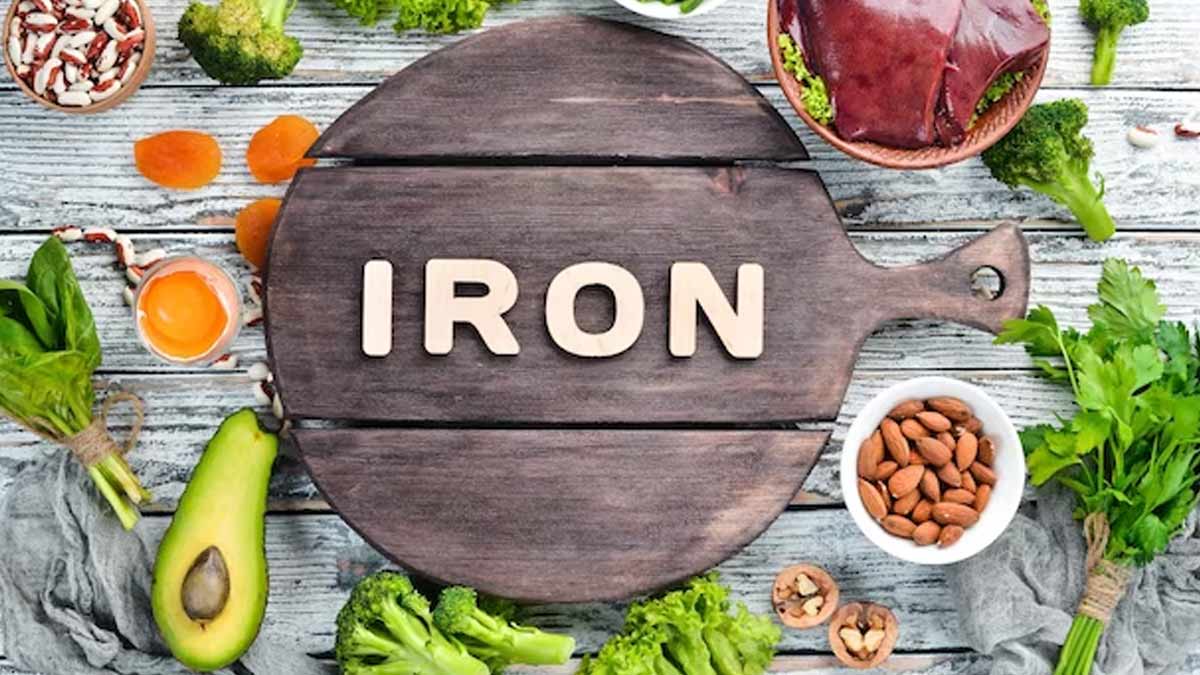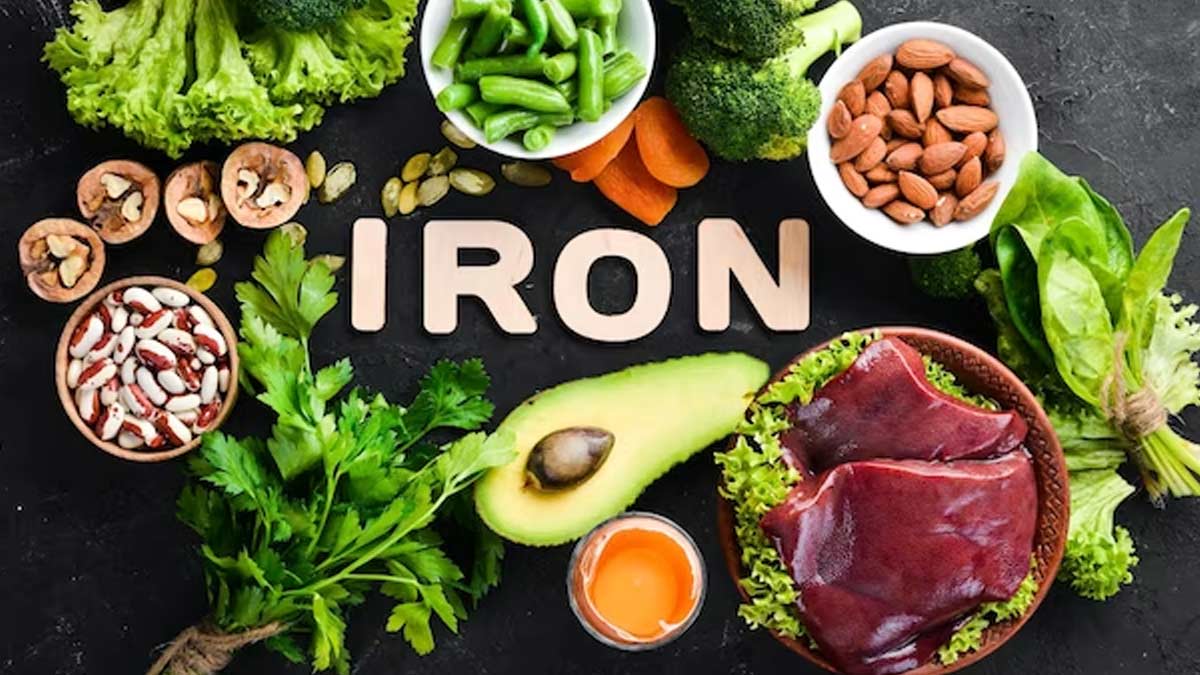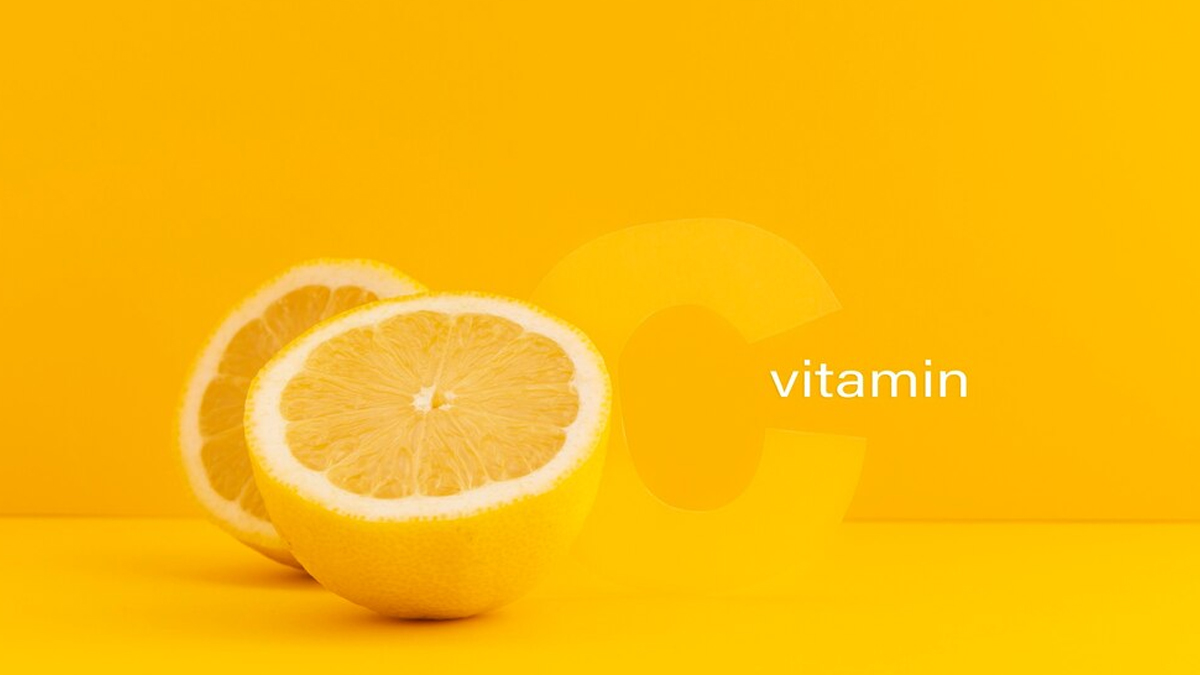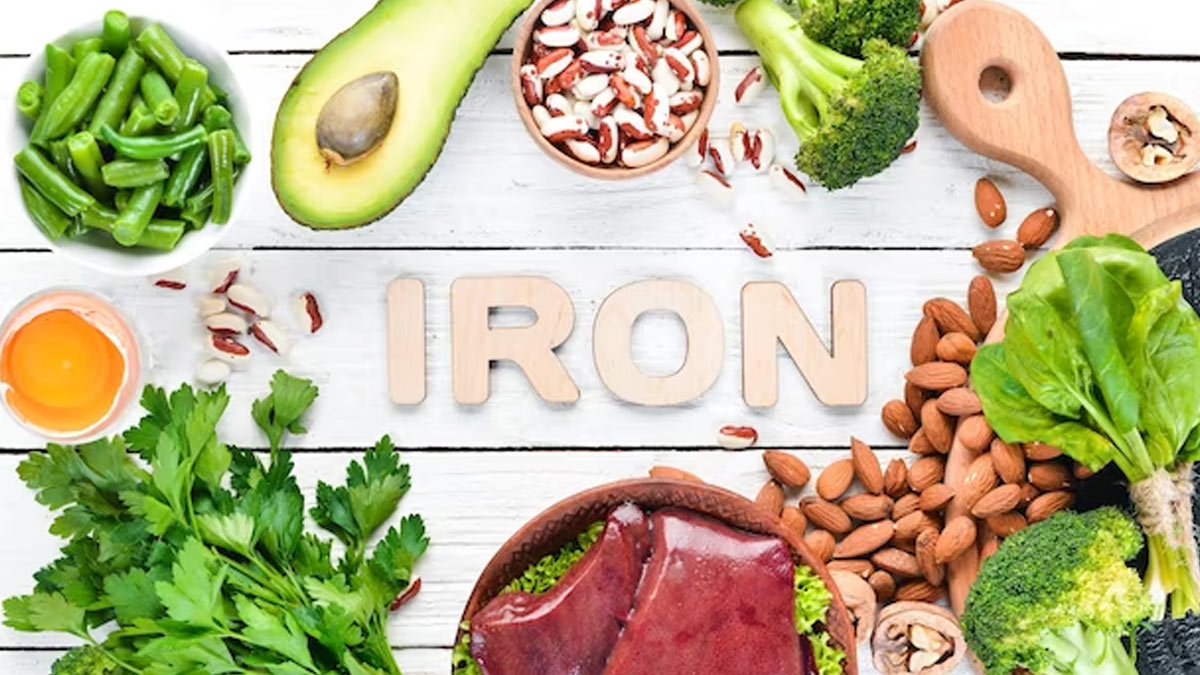
Iron deficiency is one of the major causes of anaemia, which affects 33% of the world's population, according to the Lancet Journal. Iron is a mineral that helps your body produce haemoglobin, which is a protein in Red Blood Cells (RBCs), and myoglobin, a protein that provides oxygen to muscles.
Table of Content:-
In general, adult men aged 19-50 years require 8 mg or iron per day, whereas women aged 19-50 need 18 mg in a day. Older adults aged 51 and older need 8 mg of iron a day. To fulfil daily requirements, people must indulge in foods that not only provide iron to the body, but also help absorb iron efficiently. Speaking with the OnlyMyHealth team, Srabani Mukherjee, Dietician, Fortis Anandapur, Kolkata, listed down the foods to eat and avoid.
Also Read: Iron And Ageing: Expert Shares Why Iron Is Essential For Women To Stay Healthy As They Get Older
Understanding Iron Malabsorption And Iron Deficiency

Iron deficiency occurs due to several reasons.
According to the UK National Health Services (NHS) Inform, in men and postmenopausal women, the most common cause is bleeding in the stomach and intestines, which can be caused by a stomach ulcer, stomach cancer or bowel cancer.
Another factor is when people do not get enough iron from the foods they eat or when iron from food cannot be efficiently absorbed into the bloodstream in the small intestine. This could be due to an intestinal disorder, such as celiac disease, says the Mayo Clinic.
It is then that your choice of foods becomes integral.
Foods That Help In Iron Absorption
Mukherjee said, “Various foods provide various nutrients to our body as foods are the most potential sources of nutrients. Food also plays an important role in providing the required amount of iron for our body.”
She added, “There are two forms of iron found in foods namely heme iron, a type of iron found in animal-based foods and non-heme iron, a type of iron found in plant-based foods.”
Next, she discussed the foods that help absorb different types of iron in the body more efficiently. These include:

Foods rich in vitamin C: It helps in better iron absorption by capturing the non-heme iron that the body can easily absorb.
Foods rich in vitamin A: Vitamin A helps in releasing iron that is stored by the body and can help to prevent iron deficiency disease like anaemia.
Beta-carotene: Beta-carotene is the red or orange pigment that is found in fruits and plants, which can be converted into vitamin A in the body.
Red meat, fish and poultry: These foods help in the absorption of both heme and non-heme iron in the body.
Also Read: 10 Signs Of Iron Deficiency
Foods To Avoid
Certain foods can obstruct iron absorption, which is why they must be avoided if you’re deficient of iron:
- Foods having phytate like whole grains, cereals, nuts and legumes
- Foods rich in calcium like dairy products
- Foods containing high levels of polyphenols like coffee and tea
Rich Iron Sources

Here’s a list of foods that are rich in heme and non-heme iron:
Sources of heme iron
- Red meat like beef and pork
- Organic meat like chicken
- Fish like salmon, tuna or haddock
- Seafood like oysters, mussels and clams
Sources of non heme iron
- Vitamin C foods like citrus foods, melons,
- Dark green leafy vegetables such as kale, spinach, etc.
- Vitamin A foods like carrots, sweet potatoes, apricots, etc.
- Rice, wheat and oats
- Dry fruits like raisins
- Beans like soybeans and lentils
Conclusion
Nutrient deficiencies must be addressed on priority. Just a healthy tweak to your diet and you may notice positive changes in time. Eating healthy, choosing the right foods, and adopting the right dietary habits are the key to overall health and wellness.
Also watch this video
Read Next
From Boosting Your Immunity To Keeping You Warm, Here's Why You Should Eat Pistachios In Winter
How we keep this article up to date:
We work with experts and keep a close eye on the latest in health and wellness. Whenever there is a new research or helpful information, we update our articles with accurate and useful advice.
Current Version